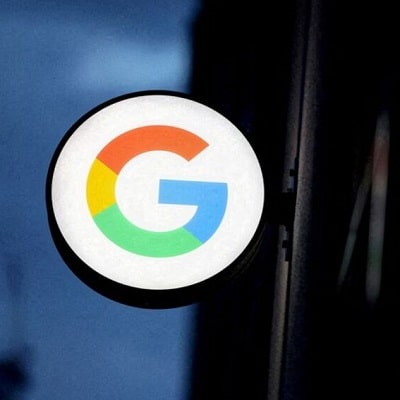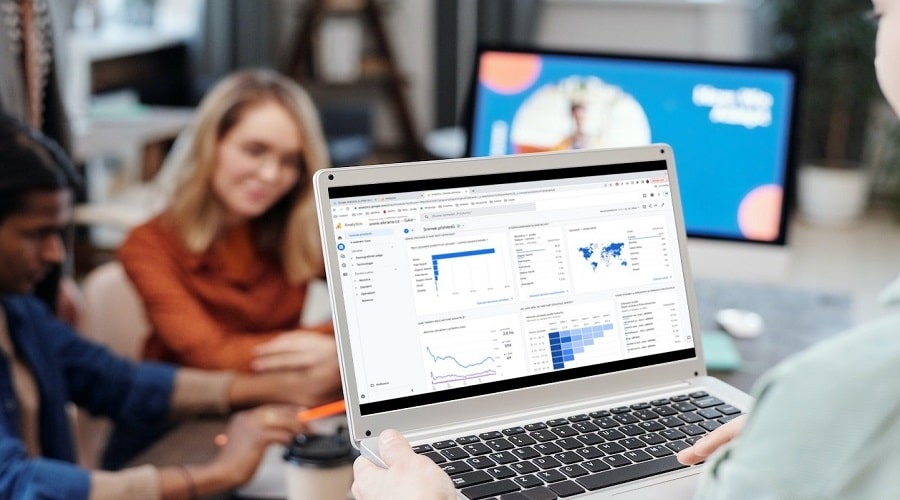Google Collects Data

At the heart of Google’s omnipresent data collection process is the creation of comprehensive user profiles. By analyzing the data obtained from various touchpoints – search queries, YouTube history, location tracking, device information, and even interaction with Google’s virtual assistant – Google can construct a remarkably accurate digital portrait of its users. This profile contains information about users’ interests, demographics, preferences, and behaviors, and it forms the backbone of Google’s targeted advertising model.
Google is Tracking Your Movements
Google’s ability to track our movements is derived from its Location Services, a feature embedded in most Google applications, including Google Maps and Google Now. Whether you’re navigating city streets or searching for a local restaurant, Google is collecting data about your location. This information is not merely restricted to the current location but includes a history of all places you’ve visited while using Google’s services. The resulting location history can be incredibly detailed, showing the paths taken, the time spent at each location, and even the mode of transport used.
Google Keeps Track of What You Search For Online
Perhaps the most obvious aspect of Google’s data collection is search query tracking. Every search made on Google is logged, forming a comprehensive record of the user’s interests, concerns, and curiosity. It’s not just about what you’re looking for, whether it’s toothpaste or a Fenikss casino, but how you interact with search results, what links you click on, and how much time you spend on each page. This data helps build your digital profile, allowing Google to tailor search results and ads to match your browsing behavior.

All Devices That Connected To Your Account Are Yours and Others
Google keeps track of all devices connected to your Google account. This includes your smartphone, laptop, tablet, and even smart home devices like Google Home or Nest. Each device contributes different data – from mobile location data to search history on your laptop – all of which aid Google in painting a more comprehensive picture of you.
What Devices Have Connected To Your Accounts
Beyond just hardware, numerous apps and add-ons also provide data to Google. If an app or extension requests access to your Google account (for example, to use Google Login or access Google Drive), this information, along with the data they collect, becomes part of your digital profile. This can range from the types of documents you work on in Google Docs, to the content you view or share through a connected social media app.
All Data from Google Can Be Exported
Despite the extent of this data collection, Google does provide its users with a degree of control. Through Google’s “Takeout” service, users can export a copy of their data from Google’s servers. This data can range from saved bookmarks, emails from Gmail, photos from Google Photos, to the aforementioned search history and location data. This initiative is part of Google’s commitment to data transparency and user control over personal data.
